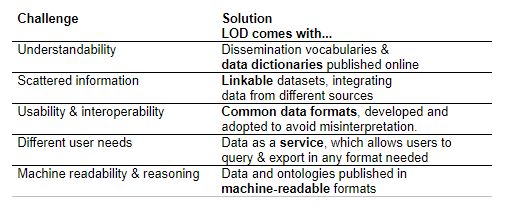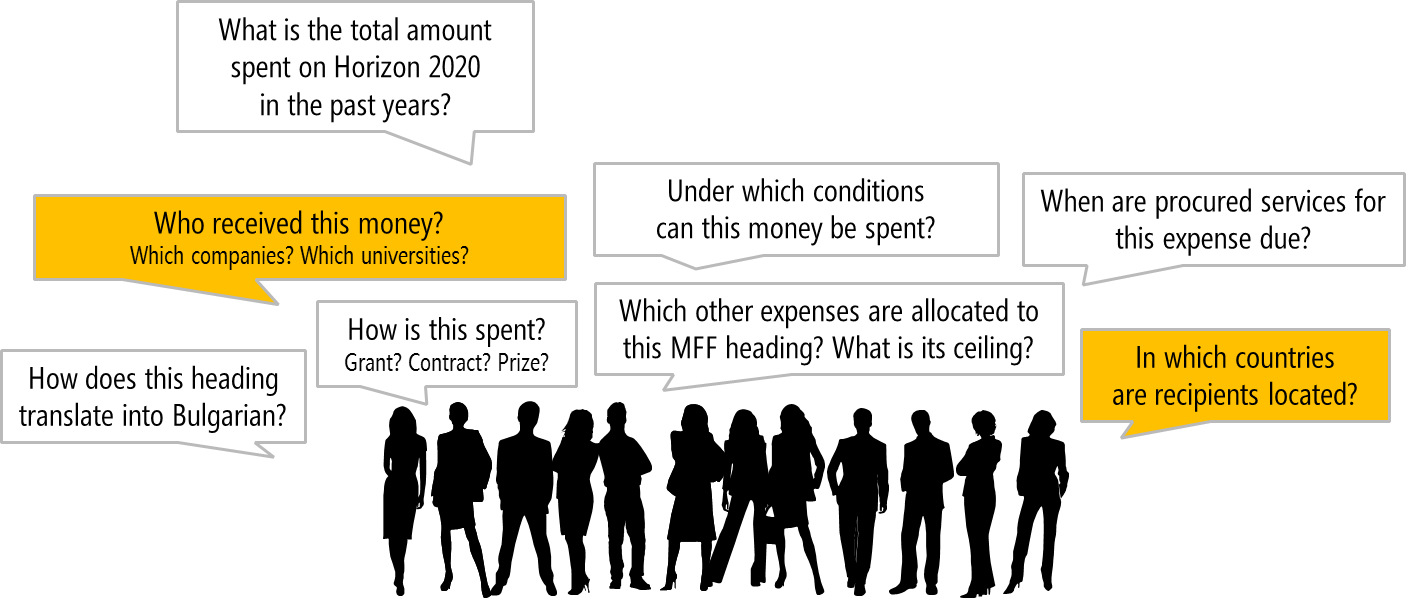
The promise of transparent administration and the creation of new business models, e.g. see also The OECD Observatory of Public Sector Innovation (OPSI) 2018 review of “Open Data Stories You Haven’t Heard”, are the fundamental drivers of the open data movement. Looking back at years of open data evangelisation and implementation, we clearly see now that achieving these objectives is more complex than originally expected.
What we learned is that focus should be on quality, not on quantity, and that it’s
imperative to prioritise open data publication, starting with those datasets that matter for the users’ community and for the target audiences.
What does this mean in the context of open data for transparency?
The killer use case for government transparency is fiscal data. The EU already has opened up its budget and part of its spending data. Until 2013, by publishing PDFs
with thousands of pages with tables, legal texts and reference codes. Since the
adoption of the PSI directives, the European Union started to disclose more and
better data in useful formats such as CSV. However, some challenges stood in the
way of true transparency:
- - Understandability of the data: the terminology & structure are difficult to understand.
- - Information is scattered across different data sets: EU Budget, MFF, FTS, etc. In order to achieve transparency, the different pieces need to be connected.
- - Low usability & interoperability: if data is not interpreted the same way, it is difficult to link and integrate.
- - Difficult to meet different user needs in terms of format, focus, granularity, etc. The data should be provided in a flexible way that meets different user needs.
- - Machine readability and reasoning are required for advanced analytics
These challenges do not only apply to fiscal data, but are relevant for transparency
in general. They can be overcome by applying Linked Open Data principles:

The most important requirement of data re-users is quality, not quantity. Having a limited but reliable set of data is more valuable for businesses than only high volumes. Providing such qualitative data and ensuring its reliability requires a lot of effort. It is therefore crucial to involve businesses and citizens, interact with them in order to identify which data they need and focus your efforts on exactly those data sets.
Example: by restructuring and linking budget & spending data, citizens can now trace amounts of tax money from high level policy objectives to the company or person that receives it via public procurement.




Share